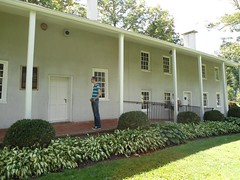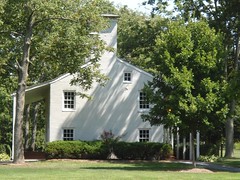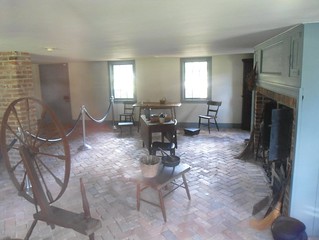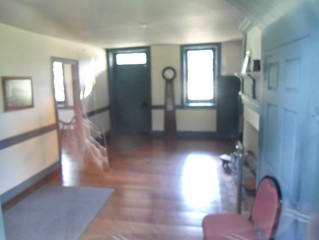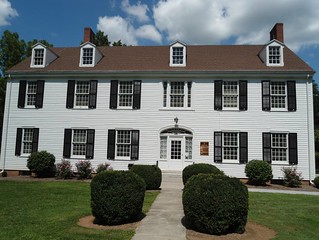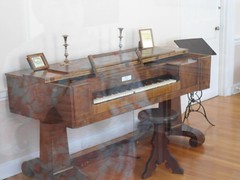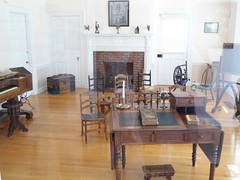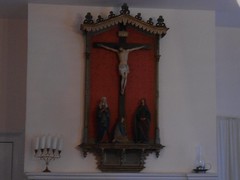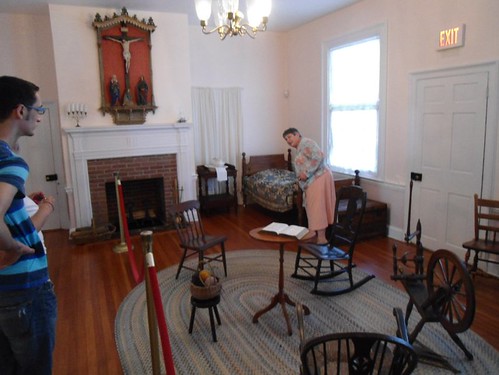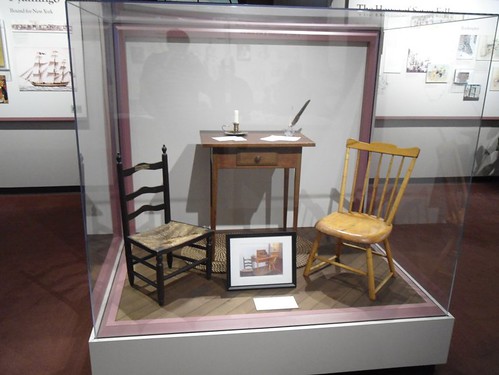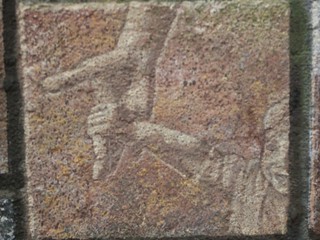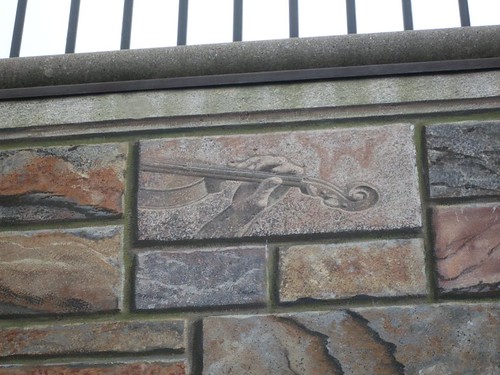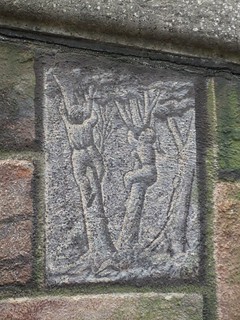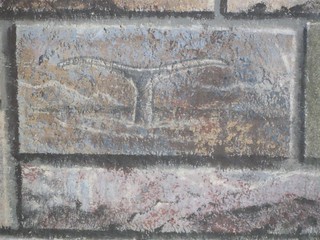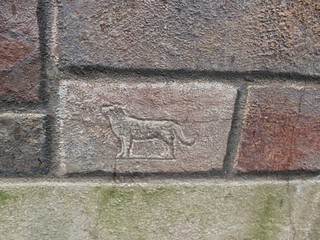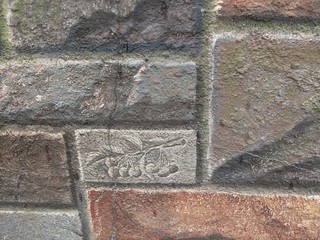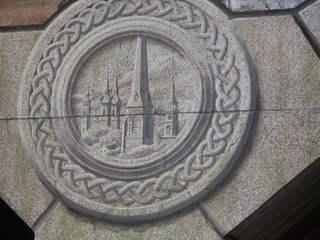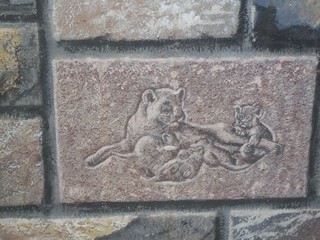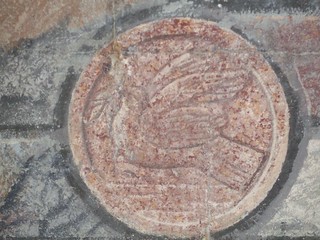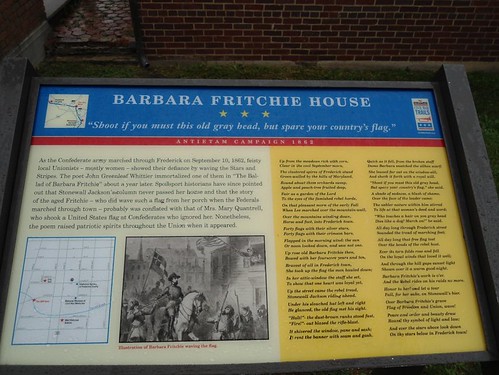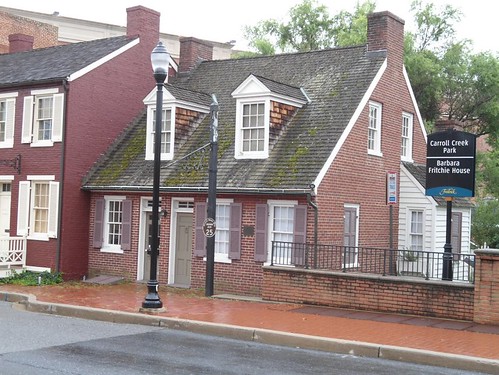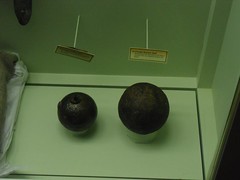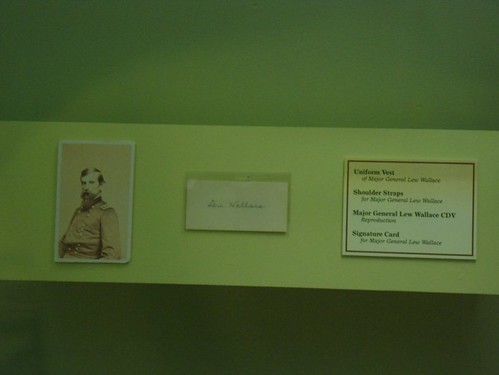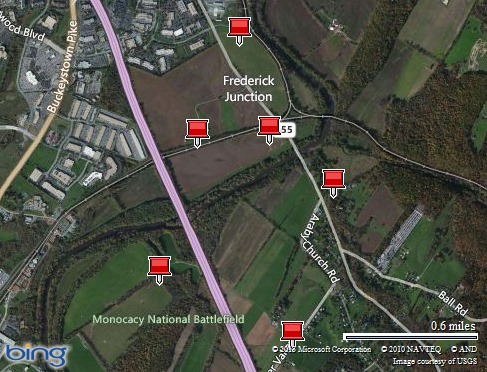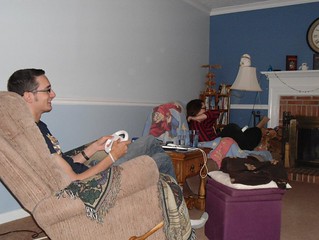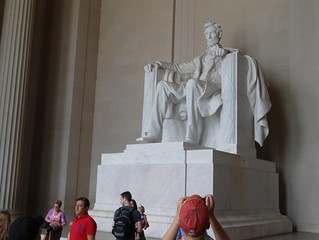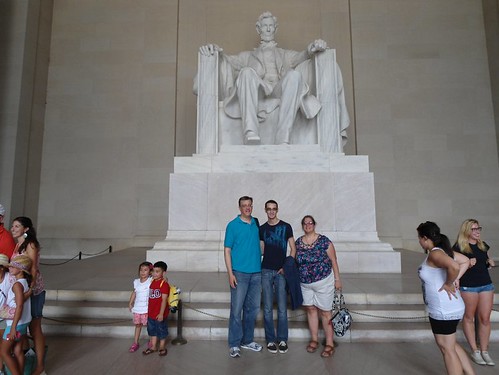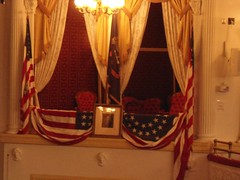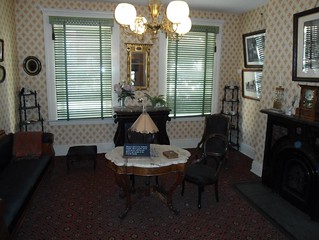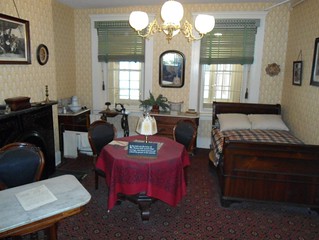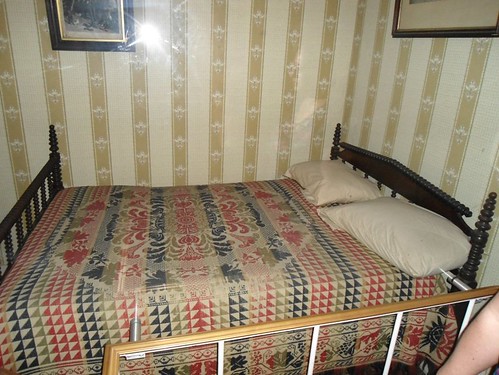Awhile ago a friend shared this reflection:
I just read an article on advocacy for music education and it kept saying how music is fun and magical. Is music really magical and fun? Fulfilling, yes. Rewarding, yes. I don't know how I feel about labeling the practice and performance of music as strictly fun. Fun should be a part of the equation of course, but is it the whole thing? I don't think it can be. Saying music is magical and fun and makes you feel special and it feels like butterflies are in you is a poor reason to keep music in the schools. Doesn't the idea of hard work feeling good also sound good? Why isn't that a top point instead of "the magic of music"? Who knows, I certainly don't know for sure.
And there are unicorns and white-winged Tinkerbells flitting about making everything oh … so … magical … and … fun! Um … right …
Is the study of music fun? Should it be?
Should we even be using the word “fun” at all?
No, it’s not fun nor should we use that word.
At least not in the way the culture seems to interpret fun – and in the way that article implies, which equates fun with frivolity or with some sense of surface happiness that’s fleeting at best.
Rather, music can be hard work. Very hard work at times. It’s that oft-repeated joke, “How do you get to Carnegie Hall? Practice, practice, practice.” One spends many hours playing a particular passage … working on the technical requirements to play that phrase of music … refining the technique so that it sounds as intended and desired. And then one moves on to practice the next passage in the music. Practice, practice more, repeat. Have I ever wanted to throw my hands up, walk away, and “be done with it?” Absolutely! Is this rigor difficult and sometimes painful? You bet! Is it fun? No … and yes.
It’s clearly not fun because it can be tedious, frustrating, even deflating when I just don’t feel like I’m going to get that passage correct. EVER! That surely isn’t fun. And yet there is fun in the process, the striving, in that hard work. There is fun in that failure … not because I have confidence that at some point in the future I’m going to “get it right.” No, there is fun in the difficulty itself. But this is not the fun of magic and frivolity. A better word might be, then, joy – real joy in the sacrifice of practicing and practicing and failing and practicing some more. There is joy in hard work. And make no mistake – music is hard work (yes, I know I mentioned that before, but it’s worth repeating) … Joyously hard work! Satisfying hard work! It’s exactly like life itself.
The more we seek mere contentment in the trivial or frivolous – we’re only approaching the surface. That’s fleeting. It’s grotesquely temporary and ultimately unsatisfying. There’s no joy in that.
Music is never merely surface. Although it is ephemeral, it’s never fleeting. I may never able to replicate that exact same thrill I had in a performance (I wouldn’t expect to be able to), yet I’ve been moved in some way – my spirit has been touched, or perhaps I’ve gained a new or different insight or perspective. That is transformative. It’s not fleeting – its impact has been and will continue to be felt. That’s a lasting joy.
I’m not surprised, unfortunately, that the article’s approach is to present music as “fun and magical.” Saddened, but not surprised. Schools are not meant to create thinking individuals, nor do they consider their mission to be one of transforming people’s lives. Schools don’t value the real power of the imagination – they do much to squash it, in fact. Schooling is all about basic, competent conformity. It’s all about falsely boosting self-esteem and giving out ribbons and trophies for showing up. And so long as little Johnny and Jane can read at an 8th grade level, if they’re lucky, then society can pat itself on its back. Our little cherubs all feel just-so-good about themselves.
So it doesn’t surprise me that music is wrapped into that same false fairytale. It’s something that makes you feel just-so-good deep down inside. Little Johnny squeaks like hell on his clarinet, but isn’t he having fun?!? Little Jane is playing a painfully slow, out of rhythm passage on the piano and managing to hit a whole lotta wrong notes. But isn’t she just so precious up there on the stage? And at the end of the concert EVERYONE gets a little trophy just because they’re so special.
There is value in having Johnny and Jane playing in a recital. It does take real courage to get up in front of an audience to play a piece of music. It take guts to keep playing and to recover after making a mistake. And yet, that’s exactly what we must do. We have to work through our mistakes and keep going … Hey! That’s like life! Duh!
Did I work hard enough, practice correctly and enough?
What should I do to get better?
Who can help me as a teacher or coach to get through this and to improve?
Again, this is life!
I study and play music not because it makes me all fuzzy and warm … it doesn’t bring butterflies with little magic rainbows. I make music because I can’t imagine for one second not doing it.
Music education is a transformative opportunity for our children. It’s filled with all kinds of life lessons – real lessons about hard work, sacrifice, courage, and joy. Music … indeed art itself saves lives. It allows us to create the world we want to have. If our children can imagine it, then they can be empowered to bring it to life. That’s not magical. That’s very real – dangerously real. Perhaps too dangerous a reality for the numbskull who wrote that article and for those who subscribe to its premise of pretty, fun, magical, niceness.



 get this
get this
